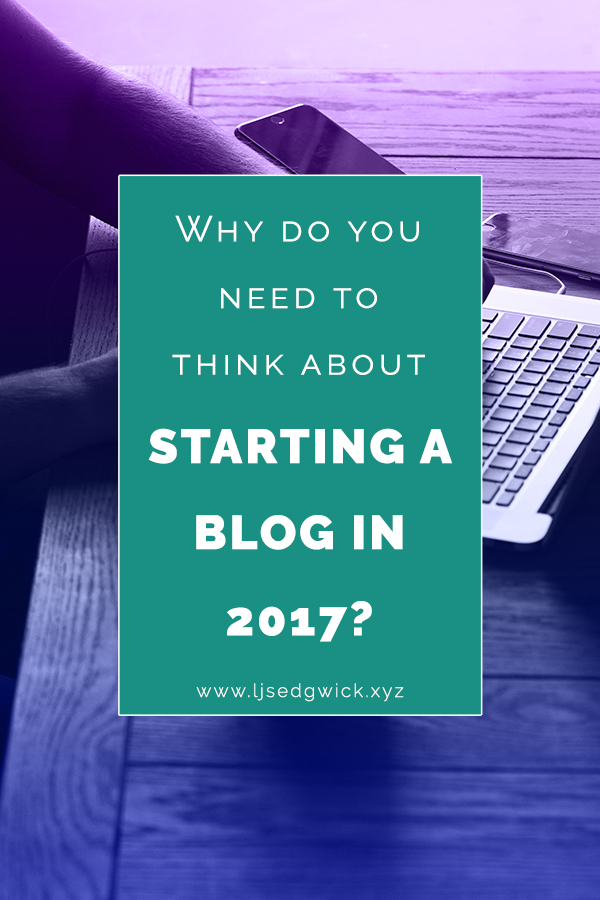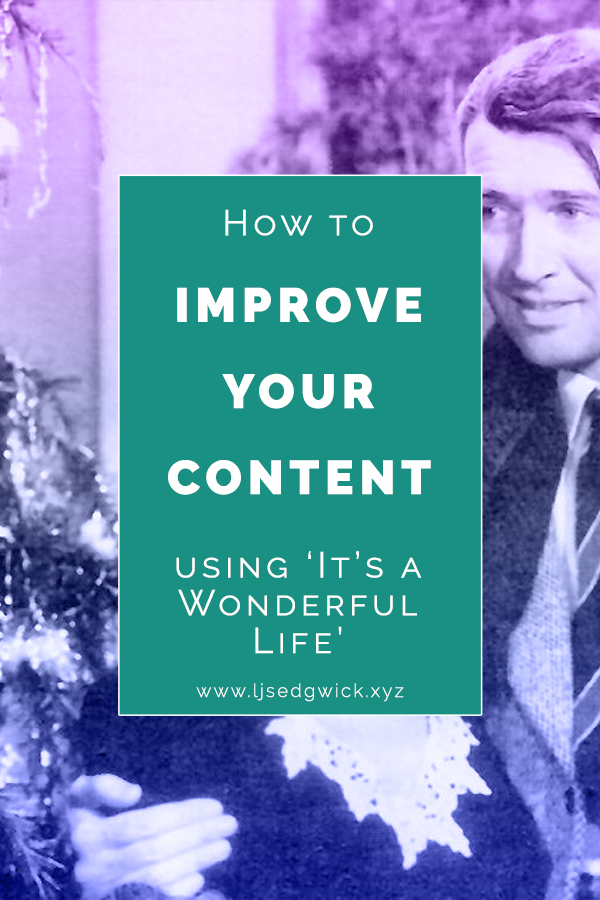Starting a blog probably isn’t that high on your list of priorities this year.
But you probably read a lot of blogs yourself. Even Medium is essentially a blogging platform.
Wouldn’t you like to create one about your own products or services?
After all, the blog has come a long way from its ‘online journal’ origins. Most bloggers don’t share their daily troubles and family photos any more.
So is it still worth starting a blog in 2017?

Blogging is an easy way for your customers to get to know you.
While many have been predicted the death of blogging for some time, it still remains one of the best ways of connecting with clients and customers.
Blogging is, at its heart, another form of content marketing. And it’s an amazing way to build a community, and establish trust and credibility. It also gives customers a reason to keep coming back to your site.
Remember that a massive 68% of consumers are likely to spend time reading content from a brand they are interested in. The more they spend time around your output, the more likely they are to buy from you.
So starting a blog is an easy way to keep producing fresh content. That gives customers more opportunities to come to your site.
After all, the marketing rule of 7 says that you need to engage with a customer 7 times before they’ll finally buy. Having a blog gives you another touchpoint.
Blogs give you a simple way to connect with customers who have problems.
You’ve probably got a list of common helpdesk questions. Maybe you get regular questions on Twitter about how to use a particular feature.
You can use all of these to create a regular ‘column’ on your blog to address the problems that customers commonly have.
That could mean problems they have with your specific software. Those customers are already aware of you – and they’ll come to you first. You can turn your blog into a huge knowledge base.
That’s what Literature & Latte, the company behind Scrivener, have done. Each post is a short ‘how-to’ of simple functions, designed to help you get the most out of their powerful writing software.
But you don’t have to just provide ‘how-to’ guides. You could also address common problems in your niche that lead customers to your software. Starting a blog gives you somewhere to explain potential solutions.
Give visitors an easy win and they’ll feel a lot more positive about you.
Companies that blog have 97% more inbound links. Put simply, more links can help boost your ranking in Google.
You can also direct existing followers to your blog.
And if you have a social media following, then you already have an engaged group of people you can turn to. Ask them questions. Answer those questions in the form of blog posts.
Even Steve Jobs attested to the power of asking, explaining “I’ve never found anybody who didn’t want to help me when I’ve asked them for help.”
So ask what issues your followers need help with. What are they struggling with? What would they want you to solve if they only had one wish?
Provide that exact content. Build solutions into each post so your clients can feel they achieved an easy win. And let them know that you’ve posted it.
Few things will build a relationship faster than being relentlessly helpful. Better relationships mean your blog is far more likely to be read in future.
Blogging becomes your manifesto of purpose.
I know what you’re thinking. “If there’s so much content already out there, why should I add my voice to it? Won’t I just get drowned out?”
It’s a valid worry. Mark Schaefer even coined the term “content shock” in 2014 to explain how people felt about the deluge of content already available.
But blogs aren’t just a place to house information. They can have a far more powerful place in your marketing strategy.
Simon Sinek points out that people don’t buy what you do, they buy why you do it. In his example, he explains that Apple customers are so passionate because they buy into why Apple operate the way they do. They don’t buy the features, or the slick design, because those are by-products of the why.
Don’t just tell people what you do and who you serve. Use blogging to tell people why you do it.
If what you say aligns with a personal beliefs of your prospective customer, they’re more likely to read the rest of your blog. And they’re more likely to buy your products.
So, you might explain where your company got its name. Perhaps you have a hilarious story about your logo. Has your product ever averted disaster? Maybe you’re involved with charity work that you can tie into your blogging.
Posts don’t have to be War and Peace.But stories help to humanise you and your brand. Give customers an easy way to relate to you.
I even wrote my own manifesto since I believe in the point so strongly. Find out why I do what I do – and why I want to help you.
You can also demonstrate your authority.
Why do you think TripAdvisor is so popular? And why do poor fiction authors spend so long trying to net reviews of their work so Amazon will feature them?
Social proof. Humans just love basing their decisions on the opinions of others.
Hell, that’s why I always read the 1* reviews first!
But testimonials will only take you so far. At some point, you want to prove to your customers that you’re the best at what you do. Mostly because you know a lot about it.
In-depth posts about your industry demonstrate that you understand what you’re doing. You know exactly why you’re making the changes you’re making. You’re a thought leader.
And remember that humans love shiny new things. There’s even a part of your brain that’s activated by new images you haven’t seen before. So show your customers something new and they’re more likely to keep reading.
So how might you do that?
Stay on top of the news. And not just industry news, add current affairs too. How do trending news topics relate to your product?
Remember, if a news topic is important to your industry, then it’s important to your customer.
Use social media to ‘listen’ to what people are actually talking about. Find out what they’re interested in. What are they incensed by?
All of this is super useful when you’re writing a blog post if you want it to resonate with your customers.
So ask your subscribers what they need help with, and help them. Reformat your how-to guides into easy to read blog posts. Add graphics to make them simple to share on social media. Support your posts with new and exciting images your clients haven’t seen before.
And ‘wow’ them with your content.
Over to you! Will you be starting a blog in 2017?
If you enjoyed this post, consider sharing it with a colleague. And if you want help in starting a blog, book a discovery call with me and we’ll get you up and running!









